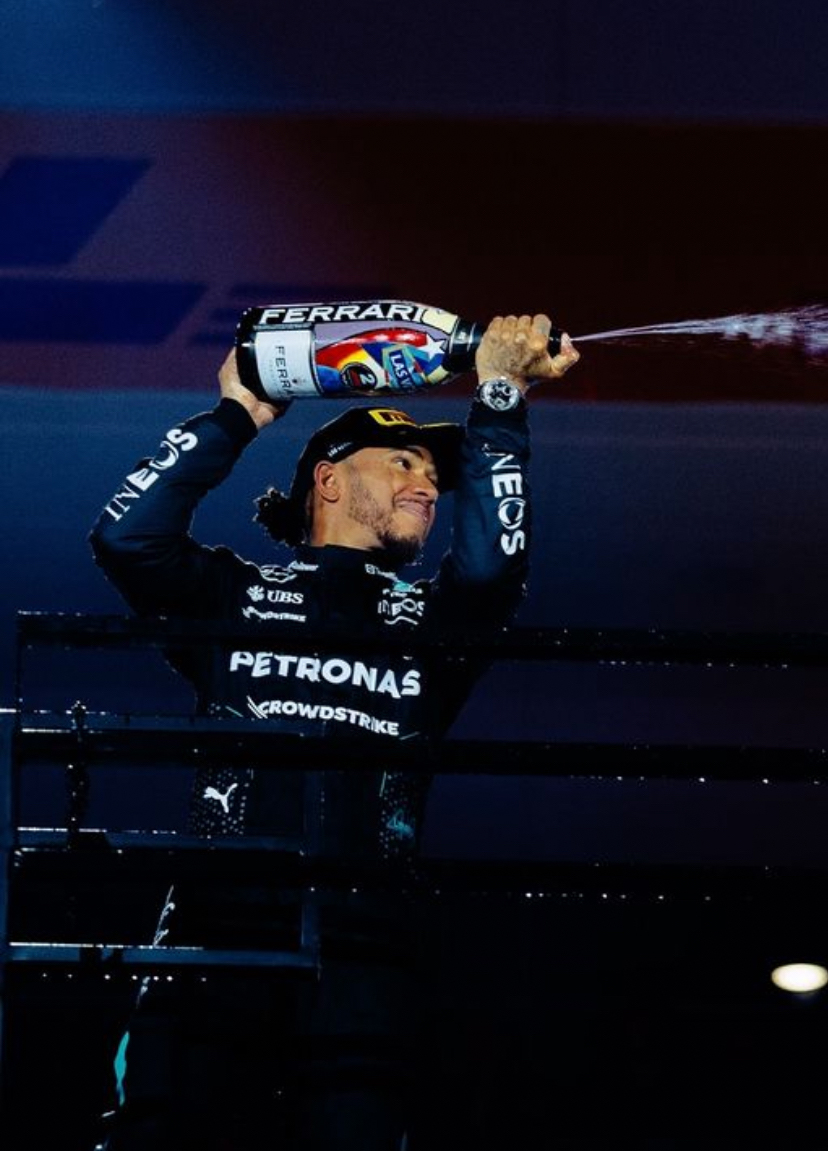How Track Surface Affects Formula 1 Pole Position Lap Times

Formula 1 World Champions: A legacy of racing legends
How does the track surface (e.g., new or rubbered-in) affect pole position lap times?
Explore how track surface conditions, from new asphalt to rubbered-in tracks, influence Formula 1 pole position lap times and driver performance.
The surface of a Formula 1 track plays a pivotal role in determining lap times, especially during qualifying. From freshly laid asphalt to rubbered-in circuits, the condition of the track can significantly influence a driver’s ability to secure pole position. Let’s delve into how track surface impacts lap times and performance in the high-stakes world of F1 qualifying.
New Asphalt: A Challenge for Grip and Speed
When a track features freshly laid asphalt, drivers often face unique challenges. New surfaces lack the rubber build-up that enhances grip, making it harder for tires to achieve optimal traction.
Characteristics of New Asphalt
- Reduced Grip: The absence of rubberized grooves means less mechanical grip, requiring drivers to rely heavily on car setup and driving skill.
- Surface Oils: Fresh asphalt may release oils, further reducing grip and making the track slippery, particularly in the early stages of a race weekend.
- Evolving Track Conditions: As sessions progress, the surface gradually improves as cars lay down rubber, allowing faster lap times later in the weekend.
For example, during the Turkish Grand Prix in 2020, newly resurfaced asphalt led to unpredictable conditions, challenging even the most skilled drivers.
Rubbered-In Tracks: Maximizing Performance
A rubbered-in track is the ideal scenario for achieving peak lap times. As cars circulate, their tires deposit rubber onto the racing line, creating a grippy surface that enhances cornering and braking performance.
Benefits of Rubbered-In Tracks
- Enhanced Grip: The increased traction allows drivers to push harder, braking later and accelerating earlier out of corners.
- Consistent Lap Times: A well-rubbered track provides predictable handling, enabling drivers to refine their lines and improve precision.
- Faster Qualifying Laps: Drivers often set their quickest laps in the final moments of qualifying, taking advantage of the optimal track conditions.
Circuits like Spa-Francorchamps and Silverstone, which see extensive on-track action throughout a race weekend, often develop into rubbered-in surfaces that reward aggressive qualifying strategies.
The Impact of Track Evolution
Track evolution is a critical factor in Formula 1 qualifying. As more cars run on the track, the surface evolves, transitioning from slippery to grippy. Drivers and teams must adapt their strategies to capitalize on these changes.
Key Factors in Track Evolution
- Weather Conditions: Rain can wash away rubber, resetting the track to a less grippy state, while hot weather accelerates rubber deposition.
- Session Timing: Drivers who set their laps later in a session often benefit from improved track conditions, making timing crucial in Q3.
- Track Usage: Support races and practice sessions contribute to laying down rubber, enhancing grip for subsequent sessions.
Historical Examples of Track Surface Impact
Several Formula 1 events have highlighted the influence of track surface on qualifying performance:
- 2020 Turkish Grand Prix: Drivers struggled with new, low-grip asphalt, leading to dramatic and unpredictable qualifying results.
- 2018 Bahrain Grand Prix: The heavily rubbered-in surface allowed for record-breaking lap times in qualifying.
- 2021 Monaco Grand Prix: Limited track evolution due to minimal running on non-race days emphasized the importance of early grip optimization.
Strategies for Drivers and Teams
To adapt to varying track surfaces, teams employ several strategies:
- Tire Selection: Softer compounds are preferred on low-grip surfaces to maximize traction, while harder compounds excel on rubbered-in tracks.
- Car Setup: Adjustments to suspension, aerodynamics, and tire pressures are made to suit the track’s grip levels.
- Session Planning: Teams often prioritize track position and timing to exploit the best surface conditions during qualifying.
Conclusion: The Role of Track Surface in Securing Pole Position
The condition of the track surface, whether new or rubbered-in, plays a decisive role in Formula 1 qualifying. From managing the challenges of low-grip asphalt to exploiting the advantages of rubbered-in circuits, drivers and teams must adapt their strategies to gain an edge.
In a sport where success is measured in fractions of a second, understanding and optimizing performance based on track surface conditions can be the difference between securing pole position and starting further down the grid. For championship contenders, mastering this aspect of qualifying is essential for achieving race-day success.
Up Next


